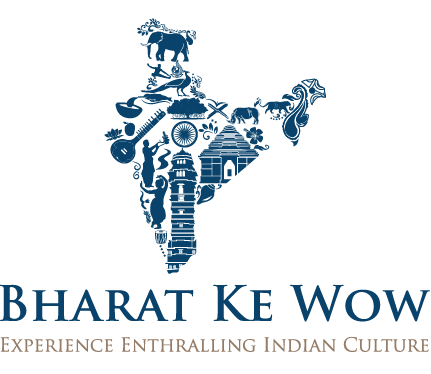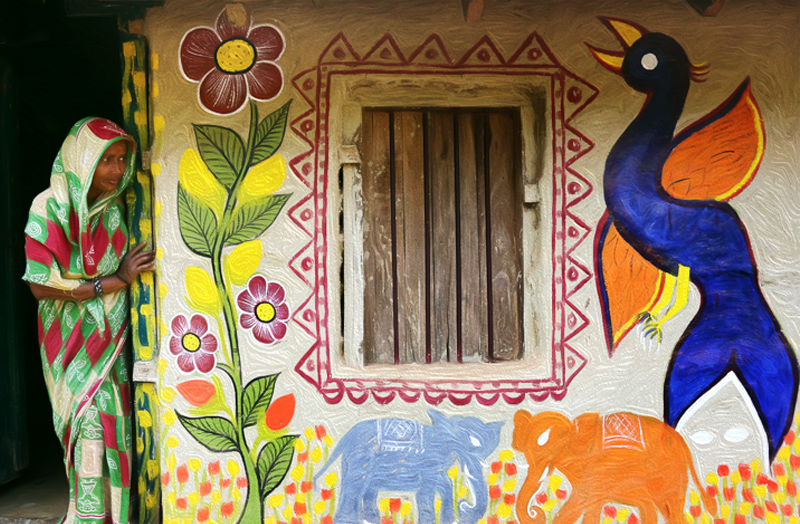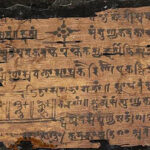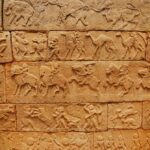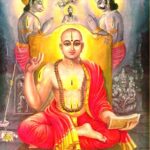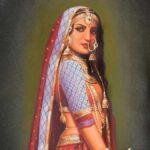Preserving the Thread of Our Cultural Heritage: A Journey Through the Living Traditions of Tribal and Folk Paintings in India
- Vijay Iyer
- June 4, 2023
- 0 Comment
Our Cultural Heritage as all forms of art are powerful vehicles for human expression, allowing us to express our thoughts, feelings, and experiences. Art has evolved and adapted to represent the country’s cultural variety, from prehistoric cave paintings to the vivid indigenous and tribal art styles of contemporary India. The relevance of indigenous and folk paintings in India is examined in this article, emphasising their deep relationship to rituals, rites, and daily life, as well as their development and contribution to the country’s cultural environment.
India’s diversified and vibrant cultural legacy
Due to its rich and diversified cultural legacy, India boasts the most art forms in the world. Tribal and folk art, which dates back to prehistory, play an important role in this creative tapestry. Tribal communities in rural parts of the country use paintings to illustrate their rituals, ceremonies, and daily routines. These artistic creations are strongly ingrained in communities’ and clans’ basic identities, embodying their specific traditions and beliefs.
Indian tribal paintings, also known as Indian tribal art, are indigenous visual art forms created by adivasis, tribes, and natives on a range of surfaces such as walls, floors, cloth, wood, and paper. Folk art is created by people from various walks of life, whereas tribal art is unique to a single tribe. Folk art, as a collective expression of rural Indians, meets their social and emotional needs by offering a means for expressing their beliefs, hopes, and anxieties.
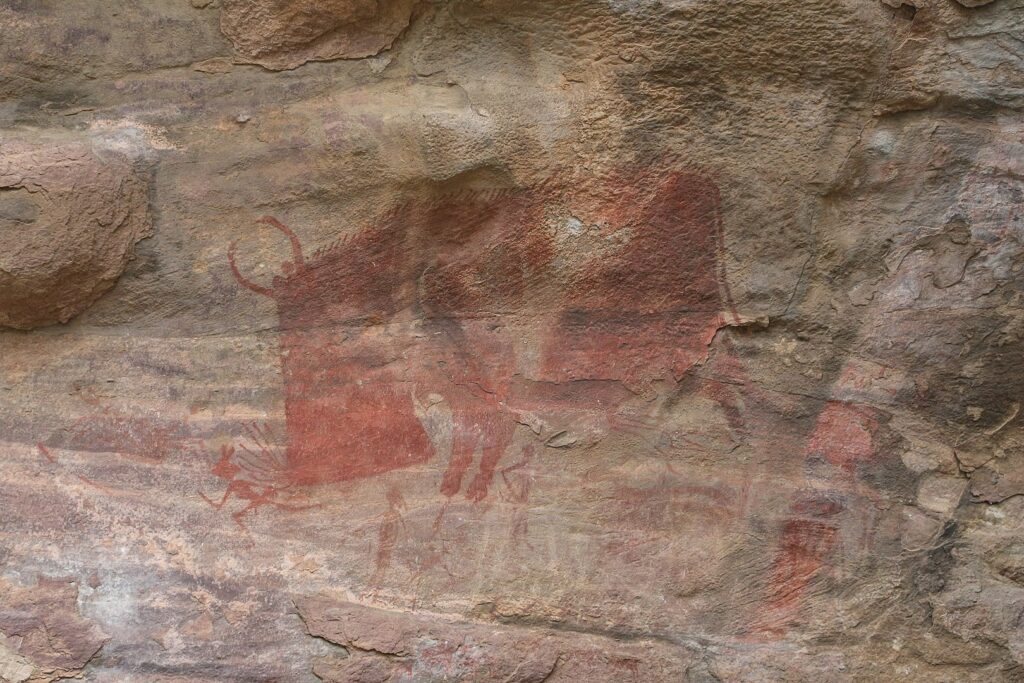
Tribal and Folk Art: A Trip Through Time
Tribal and folk art trace their roots to the Upper Palaeolithic period, when early humans painted and etched on rock walls. The Bhimbetka Rock Shelters in India, Tadrart Acacus in Libya, and Lascaux in France are all instances of the human impulse to express creativity. These art styles evolved over time and can now be found on temple walls, home walls, fabric, and paper.
Themes and regional specificity Tribal and indigenous art are intricately linked with diverse themes and regional cultures in India. Each tradition is associated with a major deity or concept, which is reflected in their art. Nathadwara Picchvai paintings represent Lord Krishna, while Odisha Patachitras depict Lord Jagannath. Each painting tradition is practised by different communities in different sections of the country, and each has its own particular personality.
The wall painting murals or Fresco have a special significance in the societies. They have ritual importance in addition to being artistic manifestations. Tribes reproduce these paintings periodically during major events like weddings and festivals to symbolise the renewal of their surroundings. These simple illustrations depict the community’s beliefs, myths, religious ceremonies, and rituals that seek divine favours for wealth and safety.
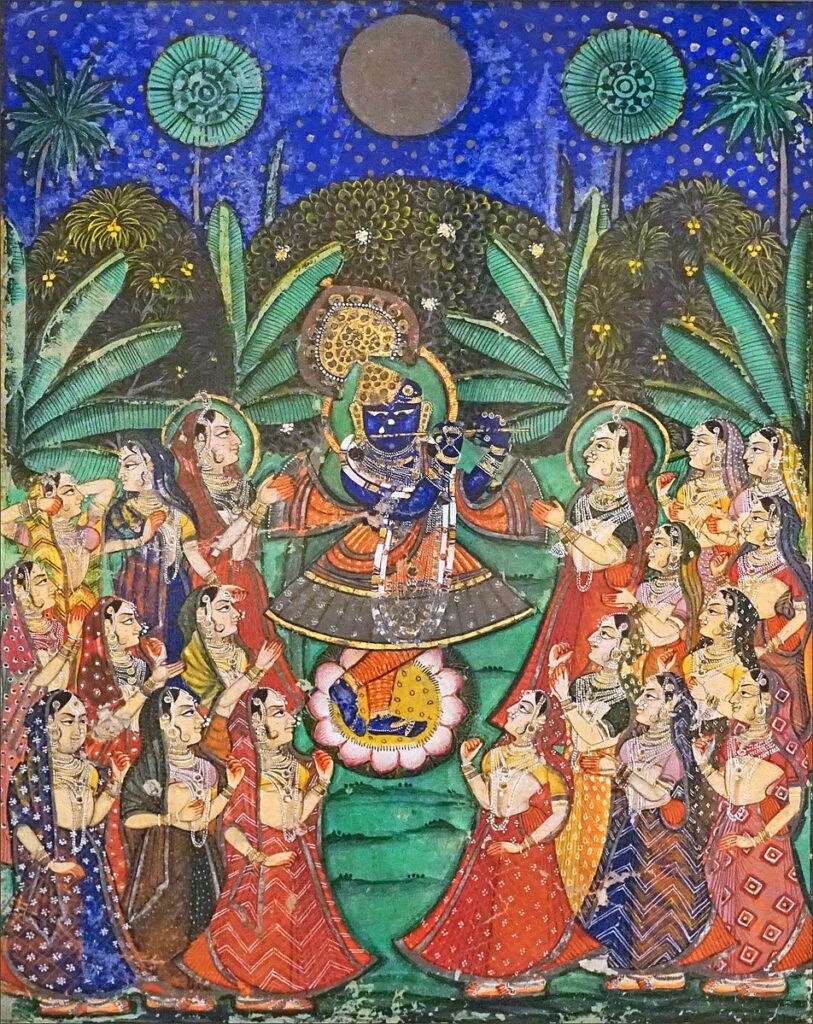
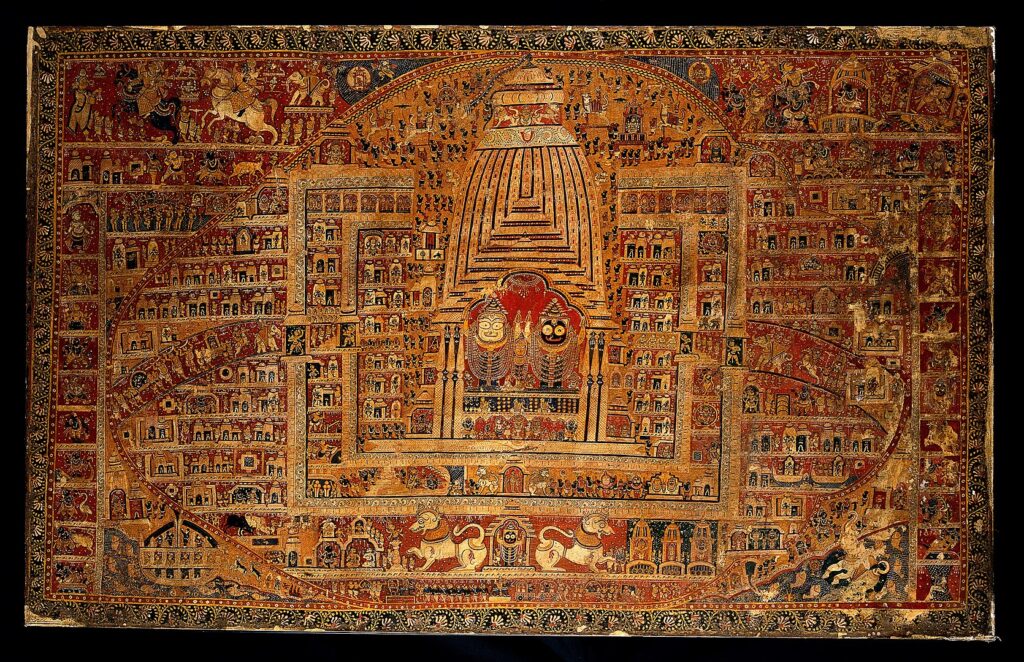
Our Cultural Heritage: Preserving and Disseminating the Art of India’s Diversified and Vibrant Cultural Legacy
Tribal and folk art migrated from walls to smaller canvases such as paper and fabric over time. These art styles, as well as modern art, have gained recognition and exposure through national and international exhibitions. Although the dimensions and surfaces of the paintings have altered, their essence and style have not. Artists try to incorporate new subject matter while keeping their old style, exhibiting the versatility and resilience of these living traditions.
Tribal and traditional paintings are important repositories of creativity and cultural history in India, retaining the spirit of previous generations. These art forms give a visual narrative of tribal communities’ and rural civilizations’ various customs, beliefs, and rituals. Tribal and folk paintings have gained recognition and acceptance as unique art forms as India’s cultural legacy is embraced and appreciated worldwide. Despite modernization’s hurdles, these living traditions continue to persist, adapting to new mediums and platforms while keeping their ancient approaches.
Artists are dedicated to conserving and propagating these creative forms, demonstrating their adaptability and tenacity. The richness of tribal and folk paintings is being shared with a wider audience through national and international exhibitions, collaborations, and educational efforts, enhancing cultural interaction and appreciation. It is crucial to maintain these creative forms not only for the sake of India’s aesthetic history but also for the communities that have fostered and supported them for millennia.
We contribute to the preservation of cultural diversity and the empowerment of indigenous and rural people by funding and promoting tribal and folk paintings. Understanding and accepting these ongoing traditions allows us to appreciate India’s cultural history for its depth and splendour.
Tribal and traditional paintings represent more than just art in India. They are live manifestations of cultural history that connect us to our civilization’s origins. We ensure that the memories, traditions, and creativity of earlier generations are maintained and passed down to future generations by continuing to cherish and honour these artistic creations.
Pithora Art Paintings: Sacred Art of the Bhil and Rathwa Tribes


